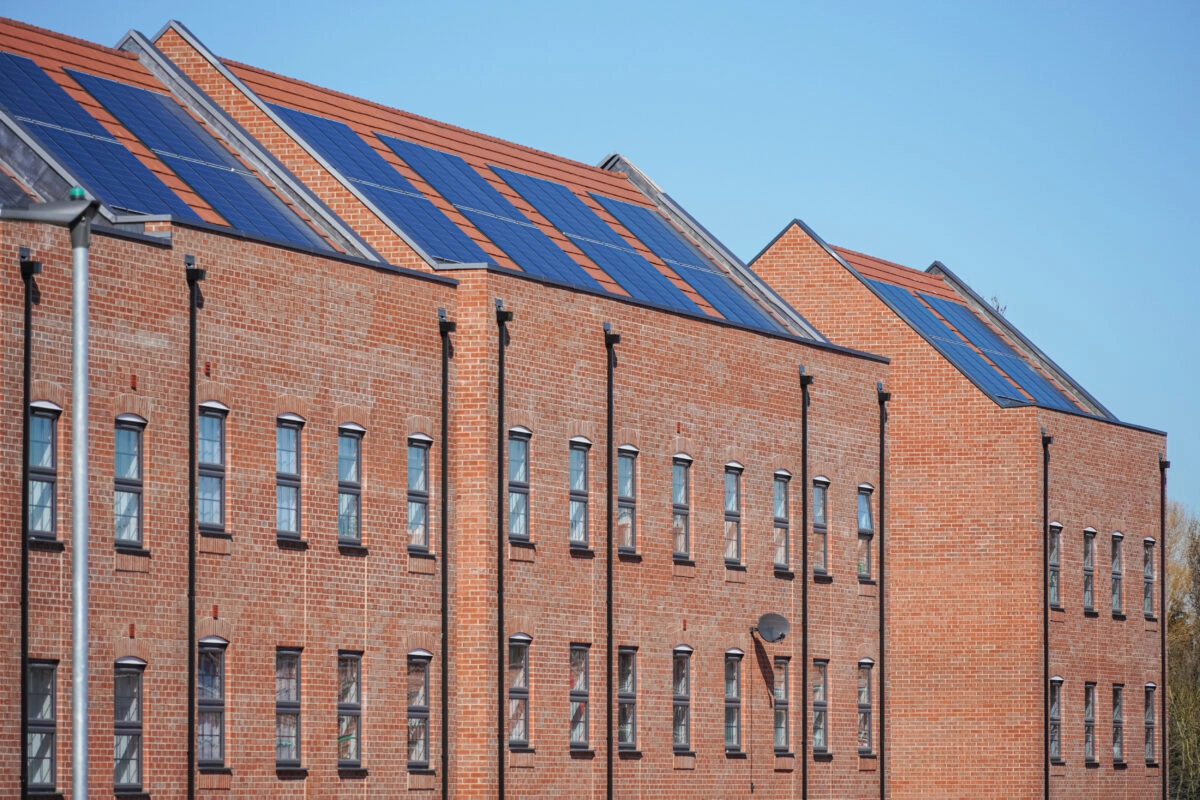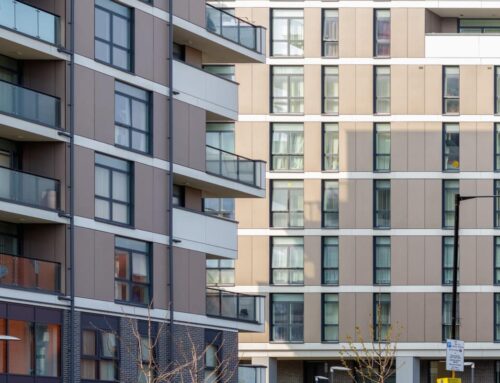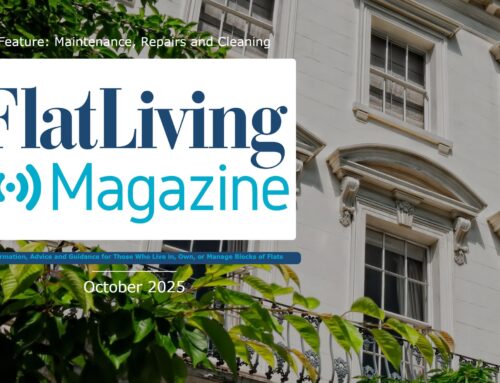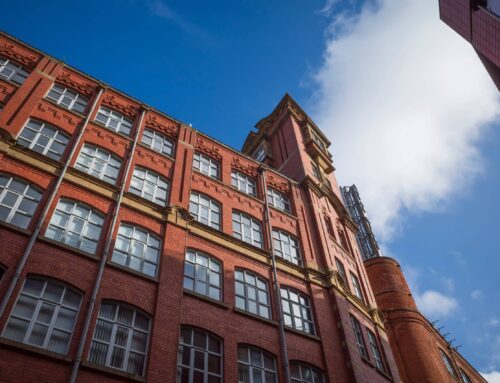Belinda Bagnall from Residentsline Insurance explores the trend plus the role smart technology is playing and how insurance is evolving to meet the needs of sustainable living.
Sustainability is more than a buzzword in today’s property market. Net-zero apartments are desirable, and a necessary part of the eco puzzle. Designed to produce as much energy as they consume over the course of a year, these flats allow owners to do their bit for the environment.
Besides their obvious impact on reducing carbon emissions, net-zero developments are also having an influence on how buildings are insured and managed. 
What Is a Net-Zero Apartment?
A net-zero apartment is a flat within a building that is designed to be energy-neutral. This means that, through a mix of energy-efficient design, renewable energy generation and low-energy appliances, the apartment produces as much energy as it uses over time.
The UK is under a legally binding target, set by the Government, to achieve net-zero carbon emissions by 2050. As a result, more and more developers are embracing this model, and more buyers and renters are seeking energy-efficient homes.
The Growing Appeal of Net-Zero Flats
For residents, net-zero apartments offer several practical and financial benefits. Lower energy bills are perhaps the most obvious and tangible benefit. As energy prices continue to fluctuate, energy-efficient homes offer some stability and undeniable savings.
Future-proofing and sustainability are also great pulls in this market. Residents value a lifestyle that reduces their environmental impact, and eco-homes are likely to retain or increase in value over time. For some, comfort may be a large factor. Improved insulation, ventilation and heating systems come together to create a more comfortable environment.
For property developers and landlords, net-zero buildings hold long-term value. As regulations tighten and demand for green housing increases, these properties are likely to be more attractive for both sales and lettings.
The trend towards net-zero is also being driven bybuilding regulations and government incentives. Developers who build to net-zero standards are not only staying ahead of regulations, but are also likely to face fewer issues with compliance down the line.
Smart Technology in Sustainable Apartments
Smart technology is key to net-zero living. It is used to monitor, manage and optimise energy use. Some examples include:
- Smart thermostats that adjust heating levels based on occupancy and weather.
- Energy monitoring systems that give real-time updates on usage.
- Smart lighting that reduces energy waste by adjusting to occupancy and the lighting levels needed.
- Automated ventilation systems that maintain air quality only when needed.
- App-based controls for appliances, heating, and even window blinds.
In many new developments, these features are built in from the start. In older buildings, retrofitting smart technology is becoming more common as part of wider renovation works.
Smart technology options allow residents to live more efficiently, while giving landlords and property managers the ability to monitor and optimise building performance.
How Net-Zero Technology Impacts Insurance
Insurers are starting to adapt their policies to reflect the risks and benefits of sustainable buildings.
Energy-efficient homes often come with better insulation, modern fire safety systems, and excellent ventilation. These features reduce the likelihood of damage from fire, damp or poor air quality. As a result, some insurers may offer lower premiums or added incentives due to the lower likelihood of claims.
Net-zero flats often utilise high-cost items such as solar panels, heat pumps, and battery storage systems. These need to be properly valued and covered in case of damage or theft. This may mean higher rebuilding costs, which should be reflected in the insurance policy.
While smart systems improve efficiency, they also create new risks. For example, smart locks or energy controls may be vulnerable to cyber-attacks or technical faults. Some insurers now include cyber cover or technical failure clauses in their buildings insurance to cover these risks.
What It All Means for Property Managers and Landlords
Managing a net-zero apartment building means taking a different approach. Property managers need to stay up to date with the technology in the building, understanding how systems operate and ensuring regular maintenance is completed.
It is also important to review all building insurance policies to ensure current cover is adequate for energy systems and keep residents informed about how to use the systems effectively. It may be best to work with insurers who understand the specific needs of sustainable buildings.
The Future of Flats in the UK
As demand for green housing grows, net-zero flats are set to become a key part of the UK’s housing future. Embracing this change now could mean greater value, lower costs, and a better environment for everyone.
Technology and insurance are playing a key role in supporting this shift. From smart thermostats to tailored insurance policies, every aspect of flat living is changing. Whether you are a property manager, landlord, or resident, now is the time to understand what net-zero means for you.




Leave A Comment